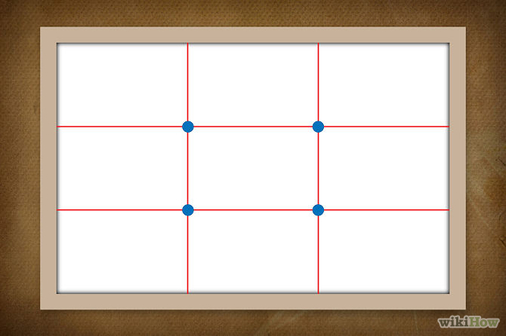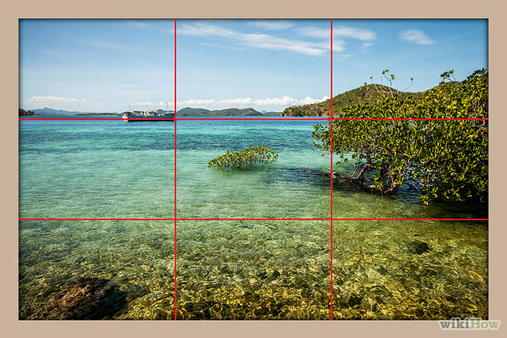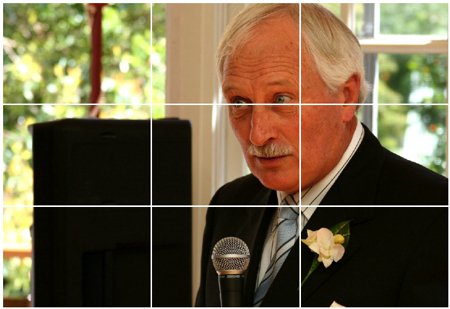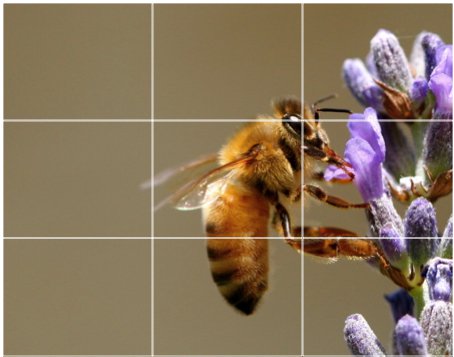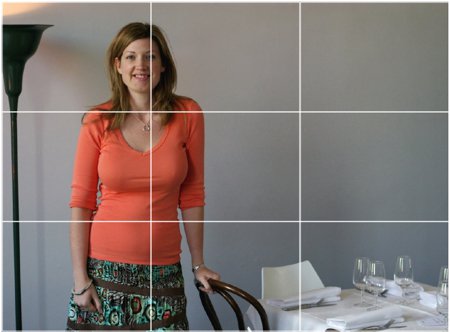Fariza Khalid
- Home
-
Teaching
- GP6193 Asas Teknologi Pendidikan
- GB6022 Academic Writing 2
- GE1153 Computer in Education
- GE2153 Educational Technology
- GA2123 Innovation & Technology in Teaching and Learning
- GE3403 Photography
- GB6013 Research Methods
- GE6433 Seminar Aliran Terkini dalam Pengajaran Sumber dan Teknologi Maklumat
- GE6543 Teknologi Maklumat dalam Pendidikan
- Supervision
- Publication
- e-Learning Support
- RESEARCH SUPPORT
- When My Mind Speaks
|
Here is another useful and excellent sharing on the Rule of Thirds by Photographer Talk. In this guide, you can have a deeper look at the rule of thirds - the definition and the explanation of how and why it works.
The link to the actual page can be accessed HERE I would like to thank Rachel for her kind sharing!
1 Comment
The rule of thirds is a powerful compositional technique for making photos more interesting and dynamic. It's also perhaps one of the most well known. Using the 'Rule of Thirds' is not something that you have to do, but it goes a long way to improving your photography. The rule of thirds states than an image is most pleasing when its subjects or regions are composed along imaginary lines which divide the image into thirds — both vertically and horizontally: 1. Check your camera to be sure that it has a grid. A lot of cameras these days have that capability. 2. With this grid in mind the ‘rule of thirds’ now identifies four important parts of the image that you should consider placing points of interest in as you frame your image. The theory is that if you place points of interest in the intersections or along the lines that your photo becomes more balanced and will enable a viewer of the image to interact with it more naturally. Studies have shown that when viewing images that people’s eyes usually go to one of the intersection points most naturally rather than the center of the shot – using the rule of thirds works with this natural way of viewing an image rather than working against it. 3. With the 'visual' of the rule of thirds, take a photograph. Be sure the subject of your image is at the crosshatch whenever possible. Even if it isn't at the crosshatch, but at the location of a third; left, right, top, bottom. In this screenshot, you see that the eyes are at the top third. 4. Be sure that the point of interest is at the intersection of the crosshatches, either real or imagined.
Using the Rule of Thirds comes naturally to some photographers but for many of us takes a little time and practice for it to become second nature. In learning how to use the rule of thirds (and then to break it) the most important questions to be asking of yourself are:
Here are more examples of photos taken using this rule: |
Welcome to your photography site!!
What do you want to read?
All
Useful LinksKen Rockwell
Hong Kiat SLR Lounge Poppohoto Nikousa Mir WikiHow Cambridge in Colour Digital Photography School Digital Camera World Smashing Magazine Belajar Kamera Your Weebly!!ATIYAH NADHIRAH BINTI SALIM
Ramyah a/p V. Rajendran Nurul Nabila Saad Nurul Huda Mohd Farith Auswenik a/p Paramasivan Mohammad Syazwan Abd Rahim Meor Mohamed Azri Meor Idris Sherry Michelle anak Bumpoh Nur Amanina Sarib Hassan Siti Nazirah Mazlan Muhamad Malyan Saputra Nur Syahirah Mydin Atiyah Nadhirah Salim Izad Firdaus Ya'kob  This work by Dr. Fariza Khalid is licensed under a Creative Commons Attribution-NonCommercial-ShareAlike 4.0 International License. Based on a work at www.farizakhalid.com. Archives
October 2021
|
||||||||||||||||||
Connect with me:Department of Learning and Teaching Innovations Faculty of Education Universiti Kebangsaan Malaysia 43600 Bangi Selangor MALAYSIA |
Site map: GE1155 Computer in Education GE2153 Educational Technology GE3404 Photography GA2123 Innovation & Technology in Teaching and Learning GB6013 Research Methods 1 GB6663 Pengajaran Pembelajaran Berbantu Komputer GE6433 Seminar Aliran Terkini dalam Pengajaran Sumber dan Teknologi Maklumat GE6543 Teknologi Maklumat dalam Pendidikan Research Support e-Learning Support Publication Supervision Awards When My Mind Speaks Guestbook |

This work by Dr. Fariza Khalid is licensed under a Creative Commons Attribution-NonCommercial-ShareAlike 4.0 International License.
Based on a work at www.farizakhalid.com.
- Home
-
Teaching
- GP6193 Asas Teknologi Pendidikan
- GB6022 Academic Writing 2
- GE1153 Computer in Education
- GE2153 Educational Technology
- GA2123 Innovation & Technology in Teaching and Learning
- GE3403 Photography
- GB6013 Research Methods
- GE6433 Seminar Aliran Terkini dalam Pengajaran Sumber dan Teknologi Maklumat
- GE6543 Teknologi Maklumat dalam Pendidikan
- Supervision
- Publication
- e-Learning Support
- RESEARCH SUPPORT
- When My Mind Speaks


